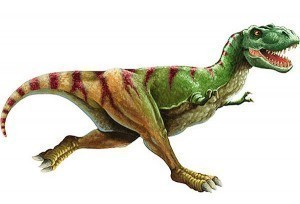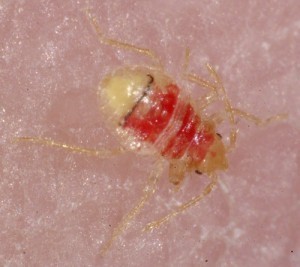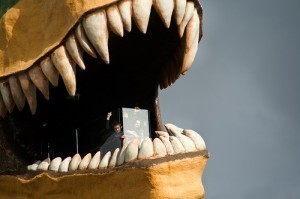T-Rex Sizes
The T-rex, which specifically refers to the  Theropod dinosaur species Tyrannosaurus rex, is known to have lived in what is now called the western part of North America. It existed during the Cretaceous Period, which is estimated to be 65 to 68 million years ago. It became one of the last non-avian dinosaurs before the Cretaceous-Tertiary extinction event took place. Aside from these highly interesting facts, there are more to learn about this ferocious dinosaur including the different T-rex sizes.
Theropod dinosaur species Tyrannosaurus rex, is known to have lived in what is now called the western part of North America. It existed during the Cretaceous Period, which is estimated to be 65 to 68 million years ago. It became one of the last non-avian dinosaurs before the Cretaceous-Tertiary extinction event took place. Aside from these highly interesting facts, there are more to learn about this ferocious dinosaur including the different T-rex sizes.
The Sizes of T-Rex
The T-rex was one of the largest land predators during its time, which grew at an average length of 43 feet or 13 meters. Although some dinosaurs exceeded or even competed with its size, it was still considered the biggest carnivore in that period. At the hips, it measured approximately 13 feet or 4 meters high. The average T-rex weighed more or less 7.5 short tons or 6.8 metric tons. It was an apex predator, which preyed on ceratopsians and hadrosaurs. However, some paleontologists believe that the T-rex was more of a scavenger rather than an apex predator.
Additional Facts and Other Interesting Details
One of the biggest complete specimens of the T-rex was the FMNH PR2081, which measured 42 feet or 12.8 meters long and 13 feet or 4.0 meters high at the hips. It weighed approximately 7.9 short tons or 7.2 metric tons. Modern estimates are slightly different, which range from 6.0 to 7.5 short tons or 5.4 to 6.8 metric tons. It was bigger than the Jurassic theropod called Allosaurus, but was slightly smaller than other carnivores during the Cretaceous period including the Giganotosaurus and Spinosaurus.
Just like other theropods, the T-rex featured a neck than formed a natural-looking S-shaped curve. To support its massive head, it had a short but muscular neck. Its tail was described as long and heavy. The largest reported skull measured 1.5 meters or 5 feet long. The Tyrannosaurus rex was named by American Museum of Natural History president Henry Fairfield Osborn in 1905. The full binomial translation of its name is ‘tyrant lizard king.’
In 1874, an individual named A. Lakes discovered T-rex teeth near the City of Golden in Colorado. In the early parts of the 1890s, J. B. Hatcher gathered postcranial elements in the eastern part of Wyoming. In 1892, E. D. Cope discovered vertebral fragments in the western part of South Dakota. In 1900, the American Museum of Natural History assistant curator named Barnum Brown discovered the first partial skeleton of the T-rex. In 1902, he found another set of partial skeleton, this time within the Hell Creek Formation found in Montana.





